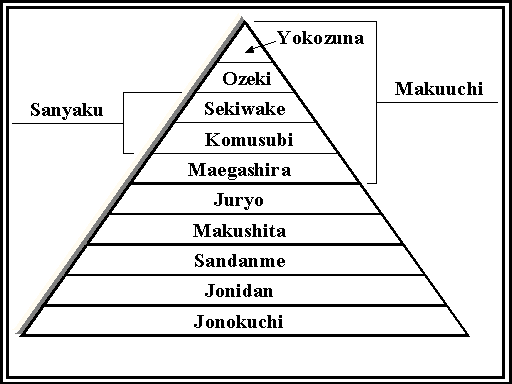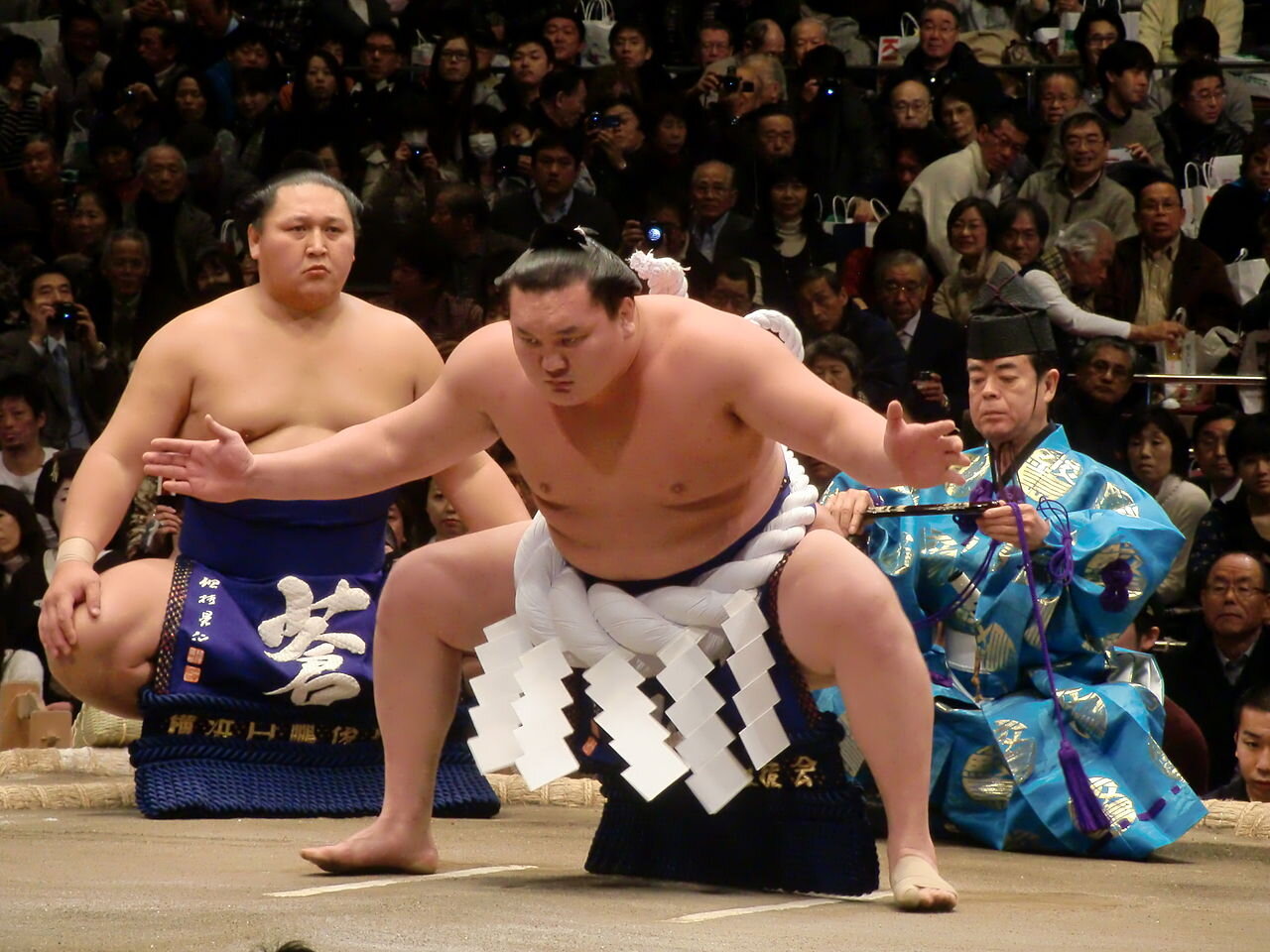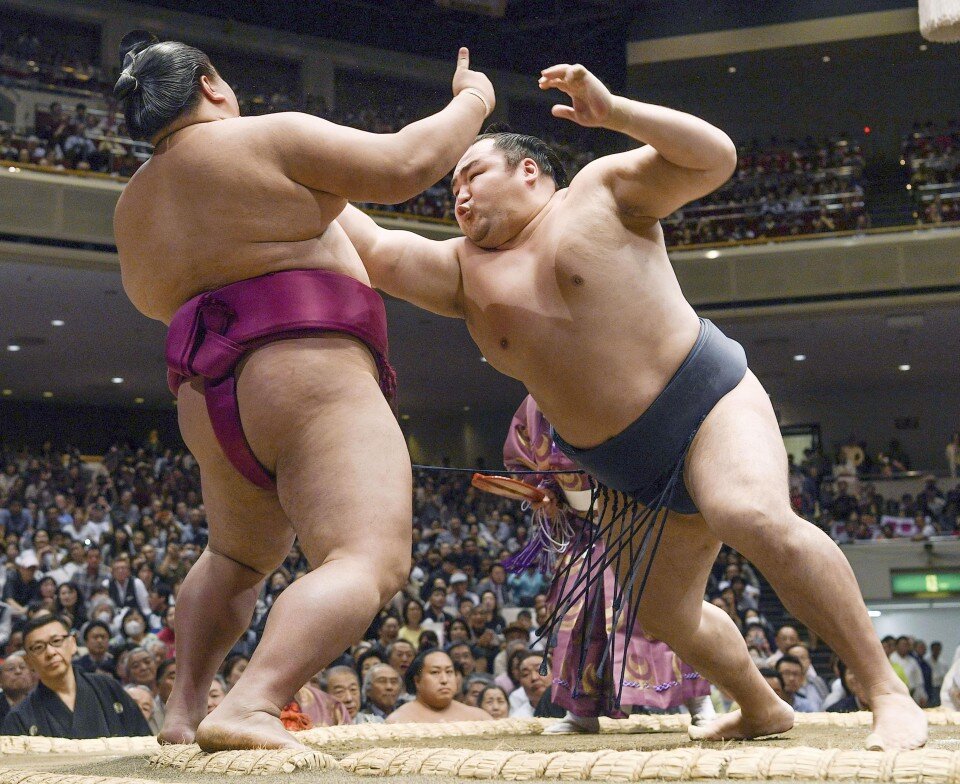SUMO AND BASEBALL GUIDE
An often overlooked, integral part of a culture revolves around sports. In Tokyo, you have the chance to partake in Japanese culture through two of the most popular and famous sports - sumo and baseball. In this guide we explain the basic rules of sumo and provide information on where to watch, and how to book tickets, for both sports.
SUMO
Photo Credit: Japan Guide
The national sport of Japan
Sumo is the national sport of Japan and is a Japanese style of wrestling. It’s been around since ancient times and was performed to entertain the deities. The sport has close ties to the religion of Shintoism. Many of the rituals such as salt throwing into the ring and stomping of the ground is all associated with Shinto habits.
Sumo wrestling is widely practiced in Japan and attracts millions of spectators every year. Life as a wrestler is very strict with rules regulated by the Japan Sumo Association. Most wrestlers, especially top guys, will live in communal sumo quarters known as heya. Everything in their life - eating, manners, dress code, etc - is dictated by the strict codes of sumo tradition.
The sport boasts a professional league under the Japan Sumo Association with members called oyakata. Oyakata are the heads of different heya’s throughout Japan. These oyakata are all former wrestlers and are the only people allowed to hold and run a heya and train new wrestlers. Oyakatas will give wrestlers their own name when they join their heya.
Within the professional league, there are different ranking systems. The first division is known as Makuuchi - only 42 wrestlers are aloud in this division. To be promoted (or demoted) you must have a positive win-loss ratio at championships (negative to be demoted). At the pinnacle of makuuchi sits the Yokozuna. The Yokozuna is the sport’s biggest superstar. Everyone in Japan knows who he is. He is often the face of the sport and considered the best of the best. In the history of the entire sport (hundreds of years) there have only been 72 Yokozunas. There is no official criteria to be one, but it is no easy feat. At times there have been no Yokozunas and sometimes 4 at once. A de facto rule is typically Yokozunas will have won two consecutive championships in a row as an Ozeki. A Yokozuna is expected to retire when his performance begins to worsen. Here is the basic rankings of the professional league.
Where, when and who to watch
Six tournaments are held annually. The six tournaments rotate throughout Japan: three in Tokyo (January, May and September), one in Osaka (March), one in Nagoya (July) and one in Fukuoka (November). The tournament lasts 15 days where each wrestler wrestles one match in a day, while lower ranked wrestlers will have a couple. Tokyo’s sumo stadium is located in Ryogoku. More info on where the stadium is here.
There are two websites to buy tickets from. The associations official vendor or at https://buysumotickets.com/. You can buy tickets directly at the stadium, but risk visiting when it’s sold out. Tickets go up for sale about a month before the tournament and sell out quickly - especially those falling on a weekend or holiday.
Lower divisions begin in the morning. The second division -Juryo starts at about 3pm and the highest Makuuchi division starts at 6pm.
The current Yokozunas (as of 2020) are Hakuho and Kakuryu. They are the top wrestlers that everyone keeps their eye on. Another wrestler who has rose in popularity recently is Enho. He trains with Hakuho and has made his way up to the Makuuchi ranks at just 99 kg - the only wrestler in the top ranks weighing under 100 kg.
Photo Credits in order: Wikipedia, Kyodo News
Sumo Wrestling Rules
The rules are simple: if you step outside of the ring or any part of your body, other than the soles of your feet touch the ground, you lose. The match is started by the wrestlers themselves; when the both wrestlers have both their hands clenched behind the starting white line. Typically, both wrestlers will watch each other and try to time it correctly to start the match. If the judge feels as if the start was not done correctly he will usually intervene.
Links
BASEBALL
The most popular sport in Japan
Baseball or yakyu is the most played and most watched sport, making it the most popular sport in Japan. It was imported from the United States during the Meiji Period (1868-1912) and has been growing in popularity since then.
Japanese baseball has also grown to be recognized internationally for continuously performing at high levels on international platforms and for wining several World Baseball Classics. Many Japanese players have also successfully played in the American leagues such as Ichiro Suzuki (1992-2019, 2001-2019 in MLB) and Hideki Matsui aka Godzilla (1993-2012, 2003-2012 in MLB) and are well known worldwide.
Professional baseball in Japan is divided into two leagues - the Pacific League and Central League - both consisting of six teams. The season starts in March and ends in October with the seven game Nippon Series between the two league champions to crown the champion.
Photo Credits in order: Wikipedia, WSJ
How to watch a game
Tokyo is home to two teams - The Yomiuri Giants and Tokyo Yakult Swallows. The Giants play in the Tokyo Dome the largest indoor baseball field in Japan holding 40,000 people. The Swallows play in the Meiji Jingu Stadium. Typically there are games almost everyday and if not a few times every week. You can easily buy tickets directly at the stadium when you arrive - but it may be hard to get tickets for the Giants on holidays and weekends as they usually sell out, so make sure to arrive early. You can get tickets online on their websites but it might require some Japanese skills and possibly a Japanese credit card.
Ticket prices can range from 1000 yen to 15,000 yen (10-150 USD). The cheaper tickets are higher up in the stadium but are still very enjoyable seats to watch the game from! One of the unique spectacles at Japanese baseball games are the cheering sections (members only). Fans in this section must sing and chant the teams anthems and memorize chants for every player on the team. These are die hard fans and it definitely gets everyone pumped up during the game!
While you watch a game, be sure to buy some food at the food vendors. Japanese baseball games are known to have pretty good food ranging from udon noodle, takoyaki and delicious Japanese alcohol.
Ticketing Links
Photo Credit: Wikimedia Commons
Tokyo Dome








